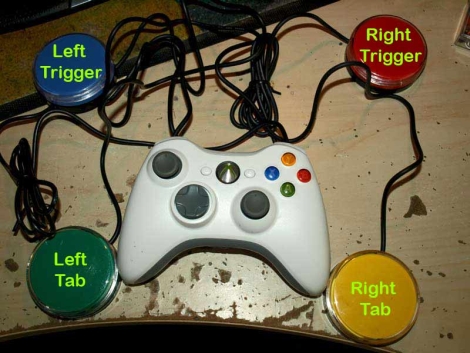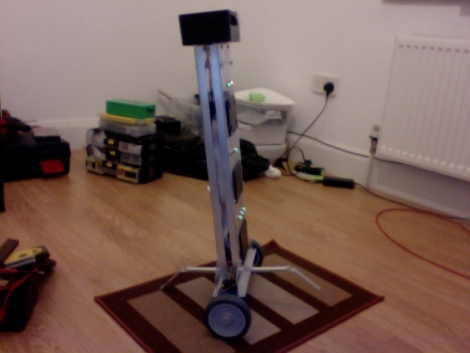
DIY ring light setups for DSLR cameras are nothing new around here. While most of them rely on an array of LEDs or a mirror-based light tube, [Wolf] had a different idea. He figured that since optical fibers are made specifically for transmitting light from one place to another, they would make a perfect medium for constructing a ring light.
Since he was using the camera’s built-in flash to power the ring light, he was able to provide a function that few other DIY ring lights do: proper flash compensation. Typically, a self-made ring light flashes at one set brightness, regardless of how much light is actually required to compose the image.
The construction was relatively simple, albeit time consuming. He procured a set of fiber optic cables that had been melted together into 150 small bundles, which he then glued to an acrylic ring that he fabricated. The end result isn’t the most aesthetically pleasing ring light we’ve ever seen, but it’s the pictures that matter at the end of the day. As you can see on his site, they speak for themselves.
Looking to build your own ring light? Check out a couple of other projects we have featured in the past.













